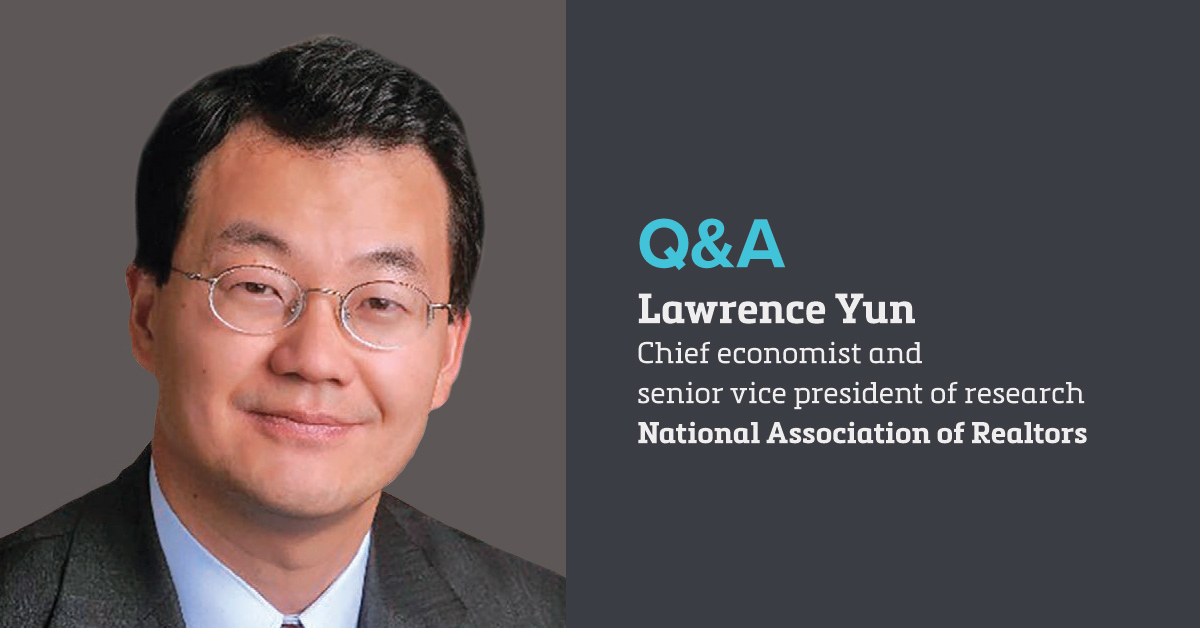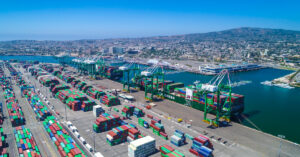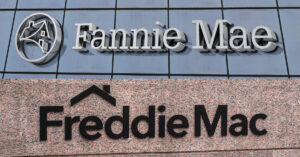Many commercial Realtors and mortgage brokers do business in the small-cap market involving properties valued below $2.5 million and covering less than 50,000 square feet. In recent years, that segment has generally seen slower growth in rents, sales prices and transaction volumes compared to the market for trophy properties located in the downtown cores of major cities. Despite that, the small-cap market also is perceived by many analysts to be more stable.
Lawrence Yun, chief economist for the National Association of Realtors, spoke with Scotsman Guide about how the commercial real estate market was performing at the start of 2020 and whether Realtors remain confident about the outlook for this year.
How is the commercial-property market doing?
I would say slow growth. We know the economy is booming by many measures — there is an all-time high in the stock market; job growth and [interest] rates are very low. So, the economy is doing quite well. I would not characterize the commercial real estate market as matching the economic performance. Nonetheless, the leasing activity is rising, according to some of our members.
Transaction volume has been steady. Of all the individual sectors, retail has been soft, with the shift toward online shopping. Otherwise, offices, warehouses and apartments are doing very well in terms of the transaction volume and their performance.
Do you perceive inventory shortages as a current problem in commercial real estate?
When we ask our members, “What are the concerns facing the market?” a lack of inventory is one of those [answers]. Everyone knows about the inventory shortage on the residential side, the housing shortage. Fewer people know about the shortage of commercial real estate. The building activity on the commercial side has not been very robust. With the continuing economic expansion, the market is just absorbing some of the vacant properties but, eventually, one needs more properties in the market.
What is the primary issue?
It is related to new construction. We need that new construction to smooth out the inventory availability. If there is sluggish growth in new commercial construction, then it eventually leads to an inventory shortage. Whether it be residential or commercial construction, there are hurdles, including the high land-acquisition costs, the time to get planning and zoning permits, the material costs and the challenge of finding skilled construction workers. Those have been a hindrance to new construction in general.
Fewer people know about the shortage of commercial real estate.
What is your sense of the financing landscape for commercial properties?
Financing is not too difficult. The rates are low. The banking sector is flush with cash. So, overall, I would say the financing is not that concerning.
Are commercial Realtors worried that we may be getting late in the cycle and a downturn is coming?
Overall, they are confident. Commercial [real estate] activity generally follows economic activity with a six-month lag time. So, they see the economy continue to expand with job growth, which automatically increases leasing and, with increased leasing, there will be some property transactions. So, with our members overall, I would characterize them as cautiously optimistic.
What are the market threats?
The trade war was certainly a concern, but now we have a trade agreement with Canada, Mexico and with China. That list has pretty much disappeared. So, the risks would be if oil prices were to ramp up, but fortunately the oil market has been very stable. Another possibility would be if the Federal Reserve began to aggressively raise interest rates. I don’t foresee that, but if they were to do it, certainly that would slow down economic activity and, with an unforced error, could turn into an economic recession.






